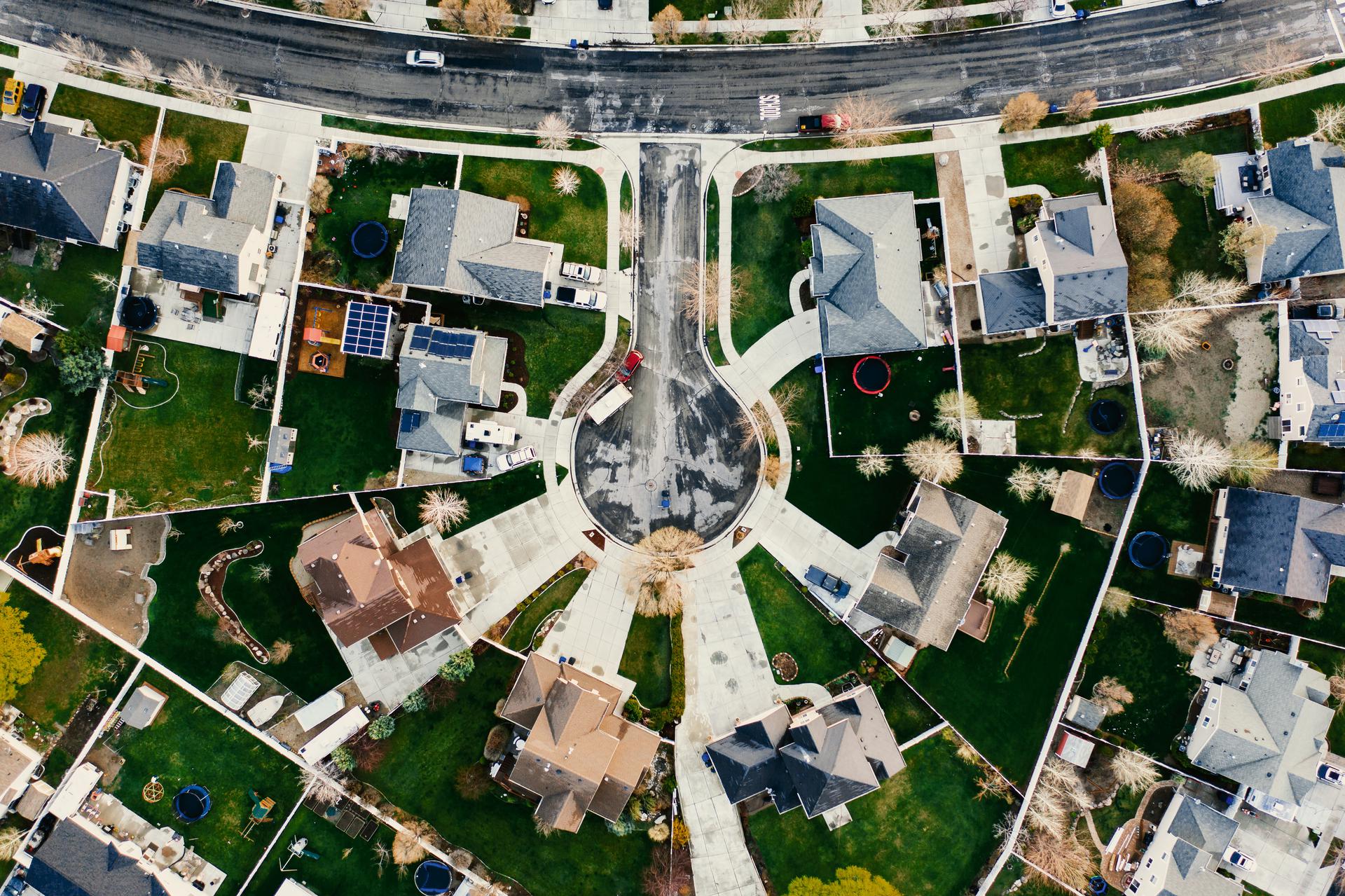The U.S. housing market is short more than 300,000 affordable homes for middle-income buyers, according to a new analysis from the National Association of Realtors® and Realtor.com®. The country’s persistent housing inventory crunch impacts middle-income buyers more than any other income bracket.
NAR and Realtor.com®’s housing affordability and supply report examines the number of listings missing by price range in the current market when compared to a balanced market. A balanced market is defined as when half of all available homes fall within the price range affordable for middle-income buyers.

“Middle-income buyers face the largest shortage of homes among all income groups, making it even harder for them to build wealth through homeownership,” said Nadia Evangelou, NAR senior economist and director of real estate research. “A two-fold approach is needed to help with both low affordability and limited housing supply. It’s not just about increasing supply. We must boost the number of homes at the price range that most people can afford to buy.”
At the end of April 2023, approximately 1.1 million homes were available for sale, an increase of 5 percentage points from one year ago. However, the market is missing almost 320,000 home listings valued up to $256,000, the affordable price range for middle-income buyers or households earning up to $75,000. Middle-income buyers can afford to buy less than a quarter (23%) of listings in the current market. Five years ago, this income group could afford to buy half of all available homes.

“Ongoing high housing costs and the scarcity of available homes continues to present budget challenges for many prospective buyers, and it’s likely keeping some buyers in the rental market or on the sidelines and delaying their purchase until conditions improve,” said Realtor.com® Chief Economist Danielle Hale. “Those who are able to overcome affordability constraints may be increasingly drawn to newly constructed homes or to the suburbs and beyond, both of which may offer buyers more realistic opportunities for homeownership in the near term.”
Among the 100 largest metro areas, El Paso, Texas; Boise, Idaho; and Spokane, Wash. have the fewest affordable homes available for middle-income buyers. Three Ohio cities – Youngstown, Akron and Toledo – have the most affordable homes available for that income group.
NAR Research and Realtor.com® computed the number of listings missing by income level for the 100 largest metro areas. Ninety-six percent of these metro areas had a supply shortage of homes that buyers earning $75,000 could afford to buy. 
Where housing is further away from the balance for middle-income buyers El Paso, TX, Boise City, ID, Spokane, WA, Cape Coral, and Lakeland in Florida were some of the areas with the largest supply shortage of homes with a price lower than $260,000. For instance, in Boise City, buyers earning $75,000 can afford to buy just 2% of home listings. However, these buyers would be able to afford to buy more than 50% of the listings in a balanced market. Comparing these two figures, there are about 2,120 fewer listings that these buyers can afford to buy in Boise City.

Where the housing market is closer to balance for middle-income buyers.
In contrast, three areas from Ohio: Youngstown, Toledo, and Akron, had an oversupply of homes in that same price range.
Specifically, in a balanced market, buyers earning $75,000 can afford to purchase 66% of the listings in the Youngstown metro area. However, these buyers can currently afford to buy 72% of the listings. Thus, there are about 70 additional listings with a price lower than $250,000 than what a balanced market needs.
Surprisingly, data reveals that in the very expensive areas with home prices above $850,000, such as San Francisco, San Jose, and San Diego, most of the listings that these areas are missing can be afforded by buyers in the upper-income levels. However, it has to be taken into consideration that the median income in most of these areas is above $150,000.
Due to the high living cost in these areas, residents need to earn a higher income compared to other, more affordable areas. For example, while the median income in San Jose is higher than $150,000, there are about 1,340 listings missing with a price lower than $850,000. These buyers earning $200,000 should be able to afford to buy more than 60% of the listings in San Jose, but they currently can afford to buy less than 20% of the homes available for sale.
“Even with the current level of listings, the housing affordability and shortage issues wouldn’t be so severe if there were enough homes for all price ranges,” Evangelou added. “Our country needs to add at least two affordable homes for middle-income buyers for every home listed for upper-income buyers.”
Source: NAR, Realtor.com




